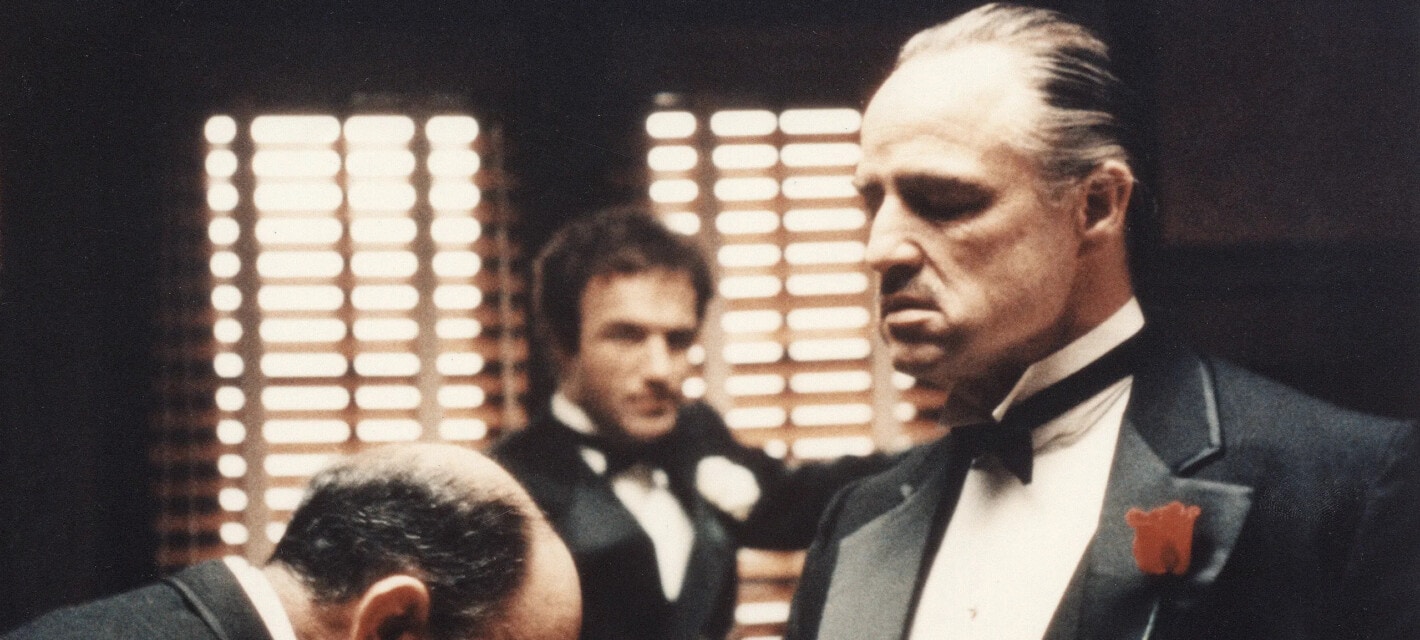Few movies have more successfully romanticized something horrid than The Godfather did in the mafia. It portrayed Mafiosi in such a positive light that real life imitated art, and mobsters often aped the film in the real world. In reality, the mafia was nothing like The Godfather. Mobsters didn’t avoid drugs, but were major traffickers since the birth of the mob. They were more than willing to betray both bosses and underlings, and the vaunted code of silence, omerta, was usually more aspirational than real. Below are thirty things about those and other real-life mafia facts.
30. The Godfather’s Version of the Mafia is Nothing Like the Real World Mob

The Godfather is one of the best movies of all time. With one of Hollywood’s greatest ensemble casts, memorable haunting music, and a gripping plot, it is hard not to love it. However, admiration for the film has blinded many to the fact that it is not real. What it depicts is fiction created by author Mario Puzo, and brilliantly brought to the silver screen by director Francis Ford Coppola. It is an imagined version of organized crime, not an accurate depiction of the real thing. In the real world, the mafia has always been a collection of often psychotic, parasitic, backstabbing, and grubby thugs who would do anything for money.

In short, the real-life mob has always been more like malignant cancer than the romanticized band of criminals portrayed in the movie. As seen below, rather than paragons of loyalty and disciples of omerta, mobsters from the mafia’s earliest days have been more than happy to snitch, and betray bosses and underlings alike. And far from the myth popularized by The Godfather about the mafia’s avoidance of drugs, the mob has been heavily involved in narcotics from its birth. Indeed, until the rise of the Colombian drug cartels after their “goods” caught on, the mafia, whose specialty was heroin, was America’s biggest drug traffickers.

